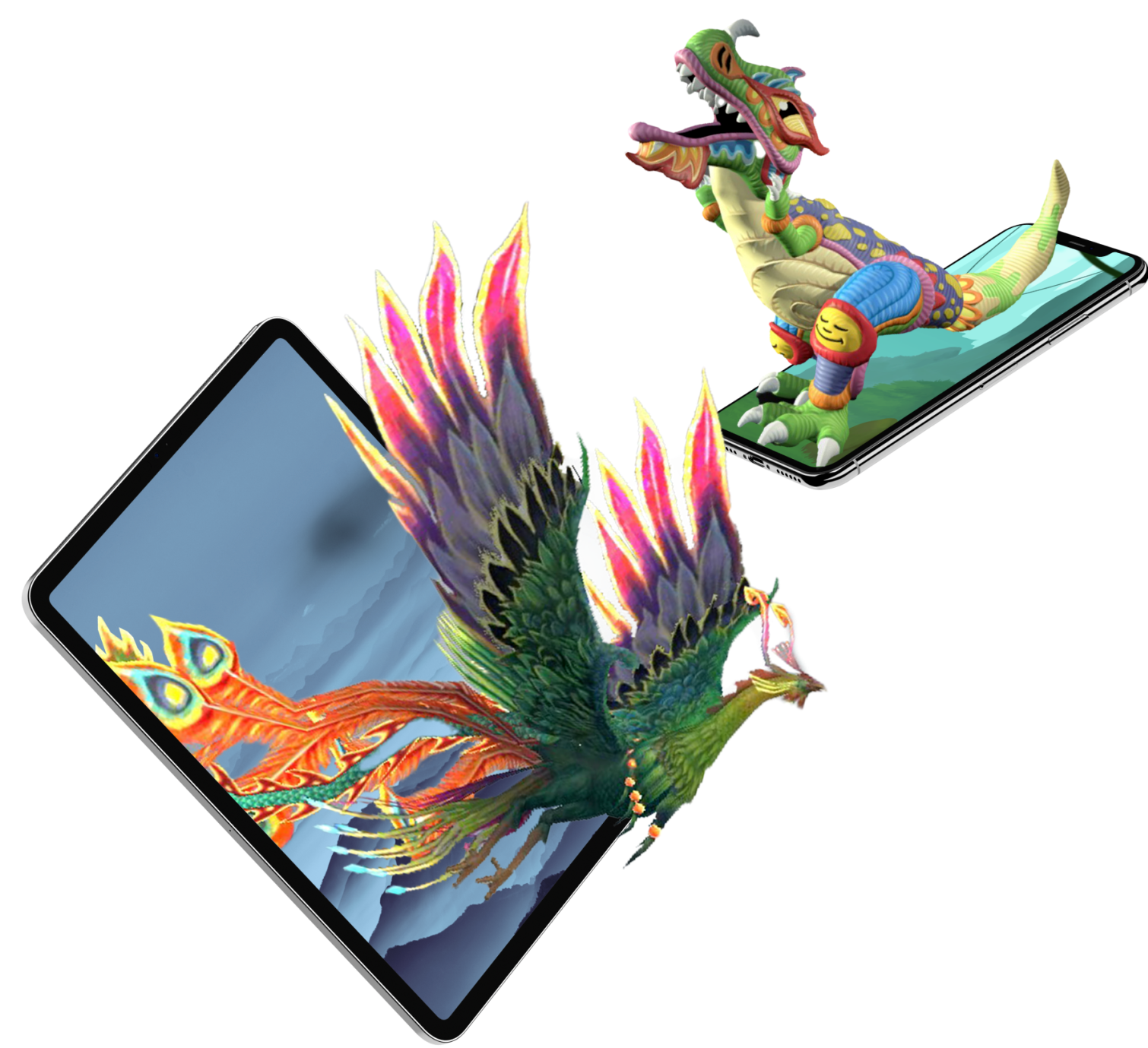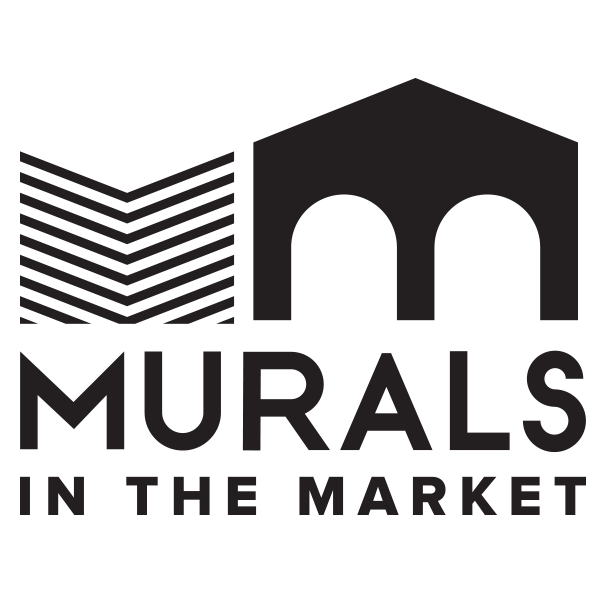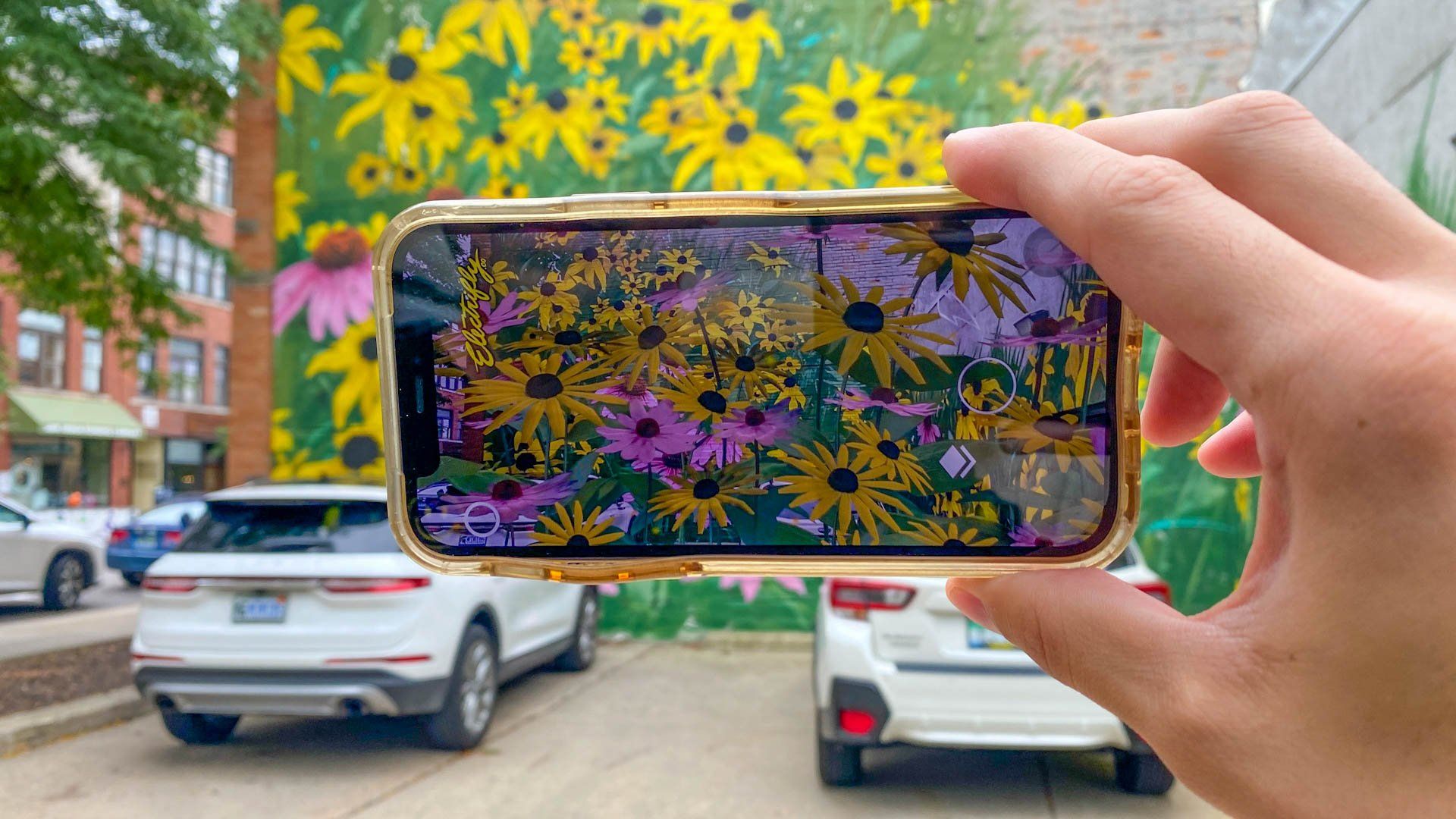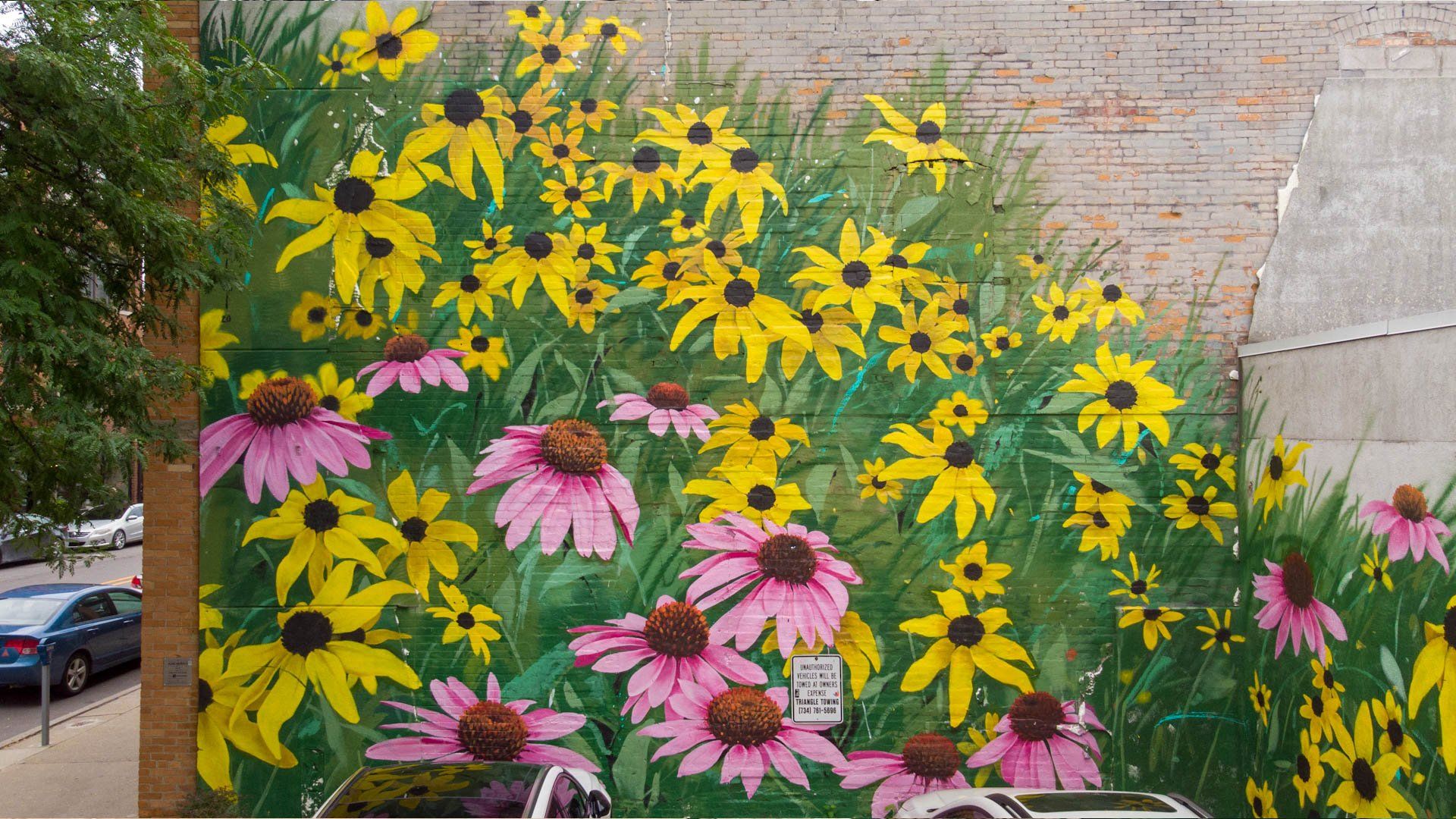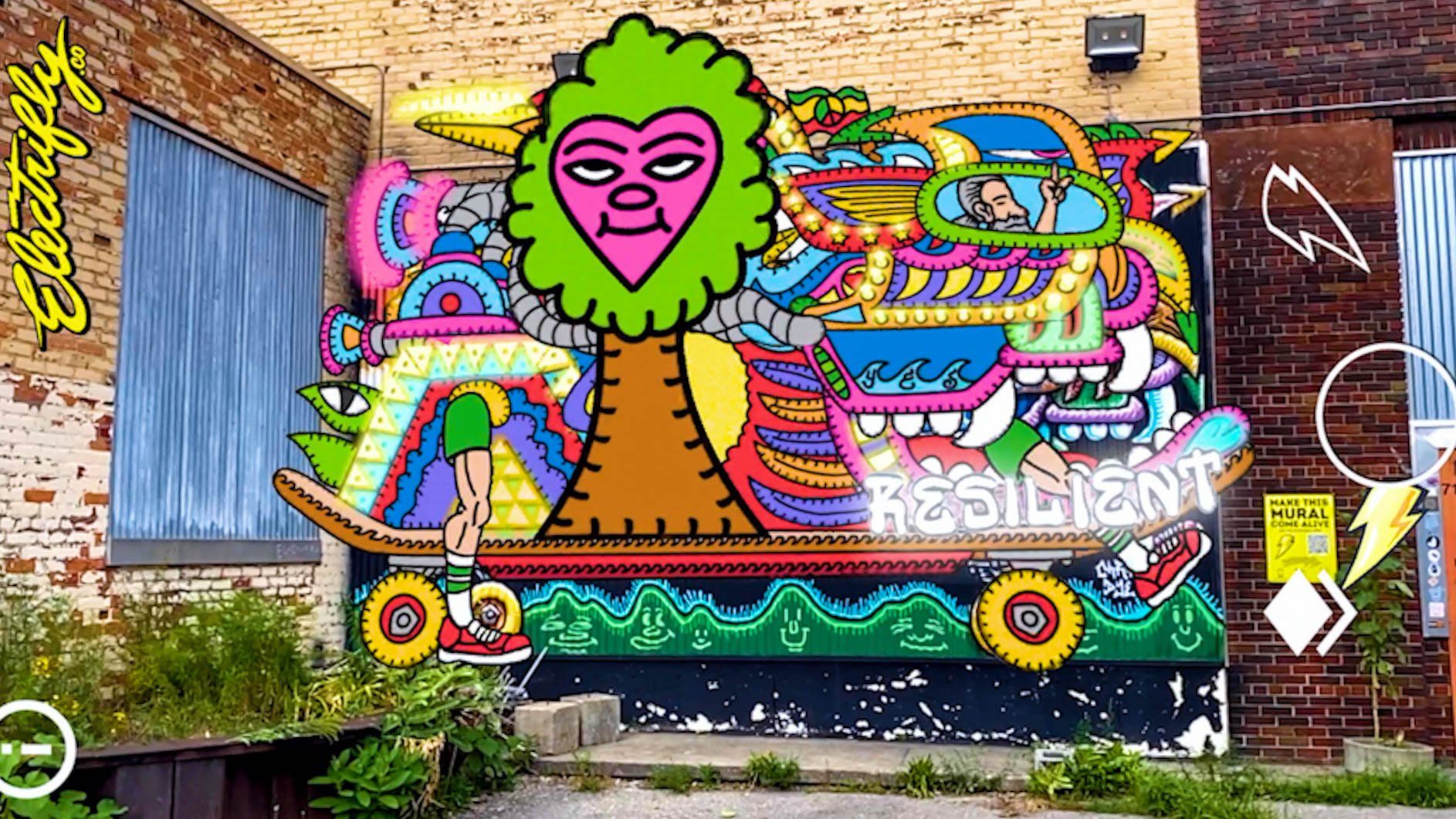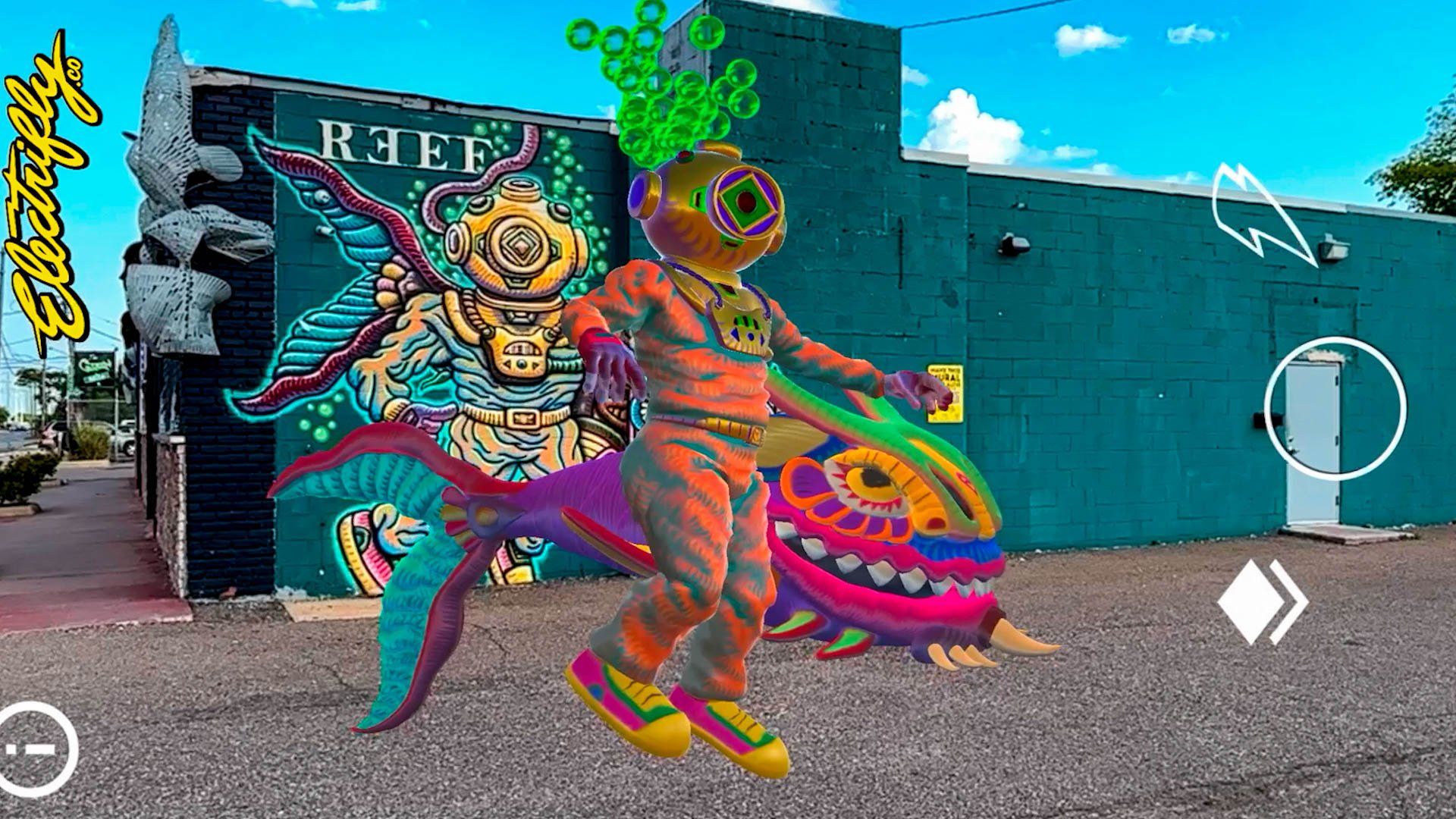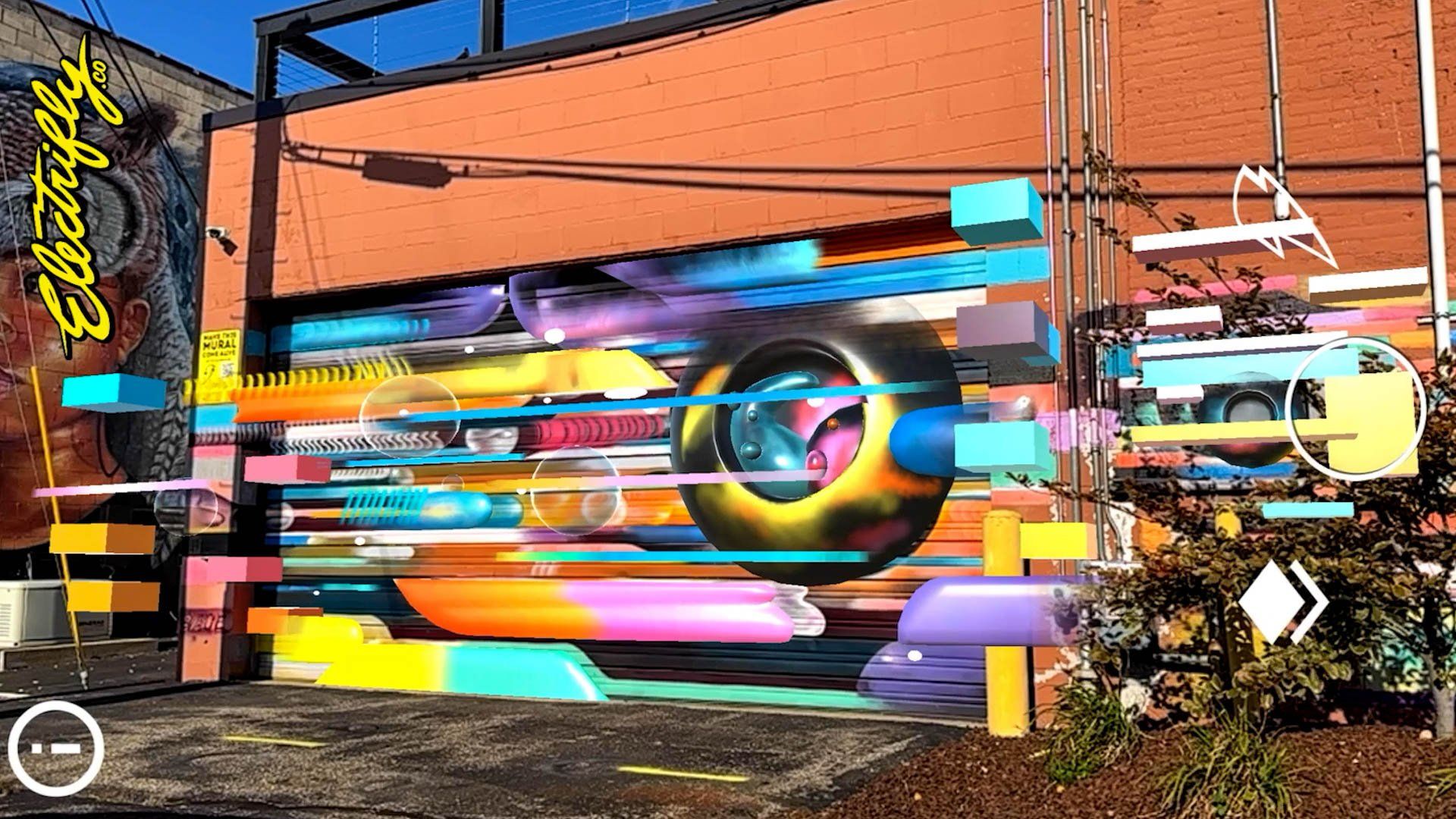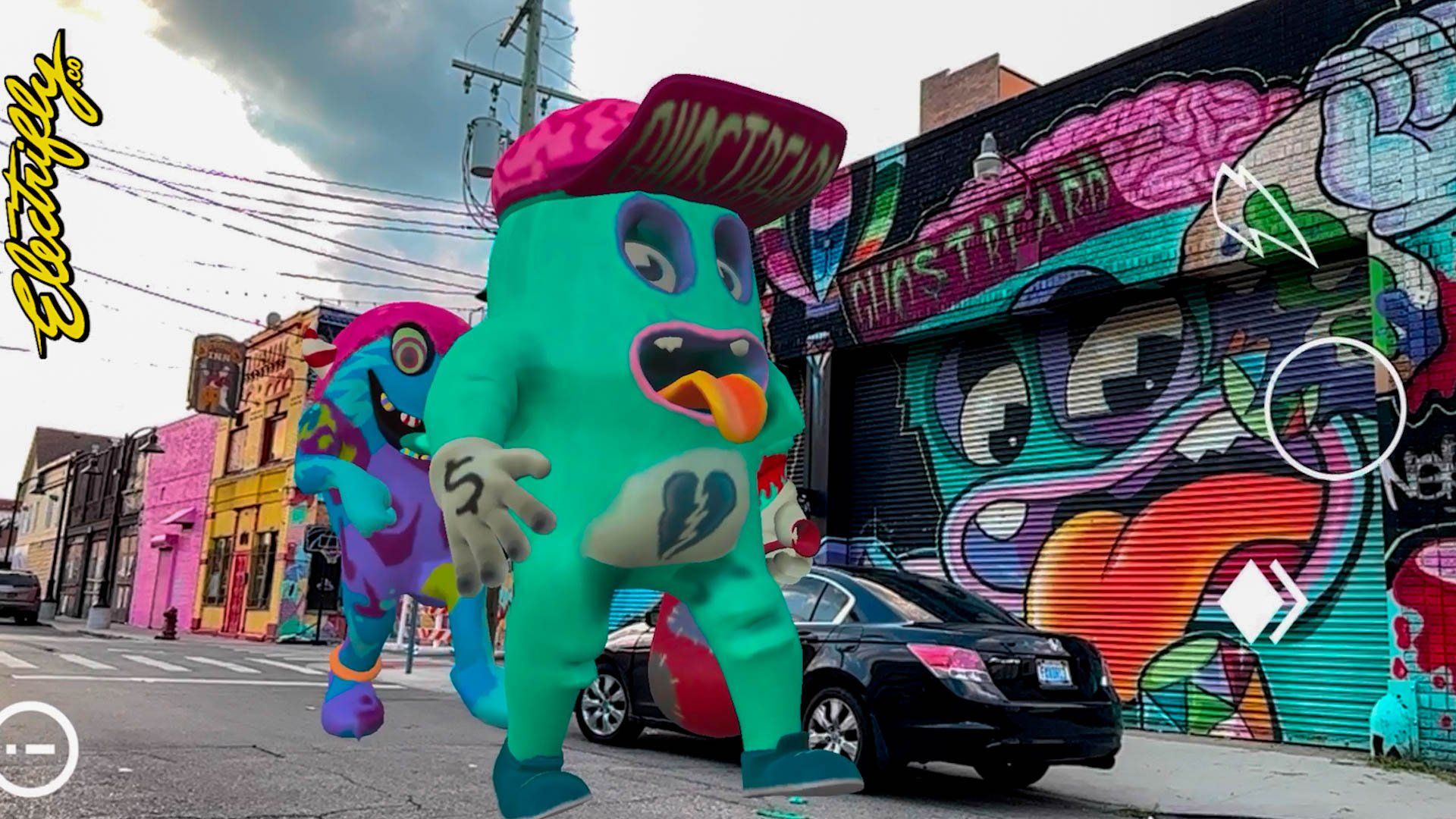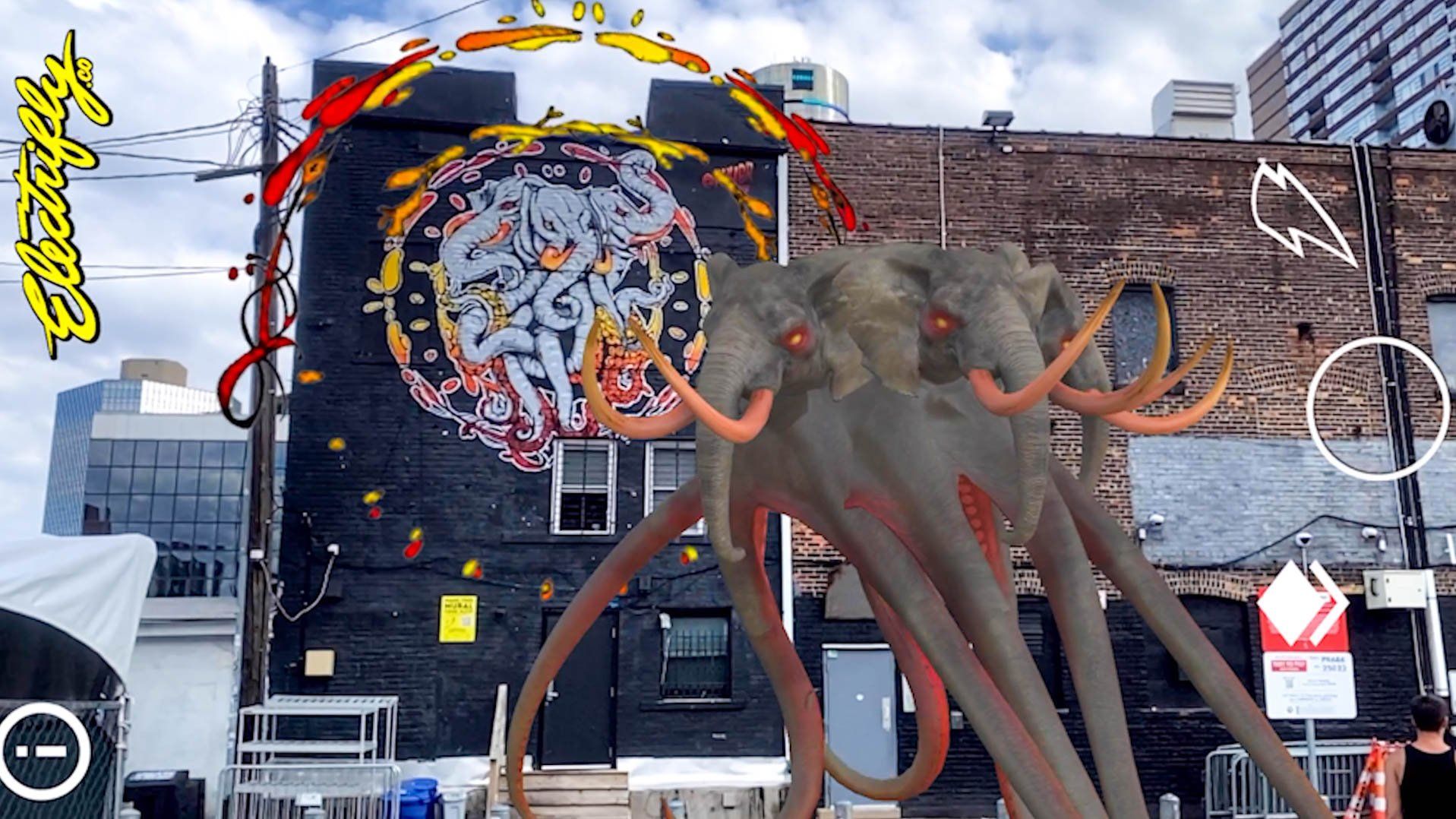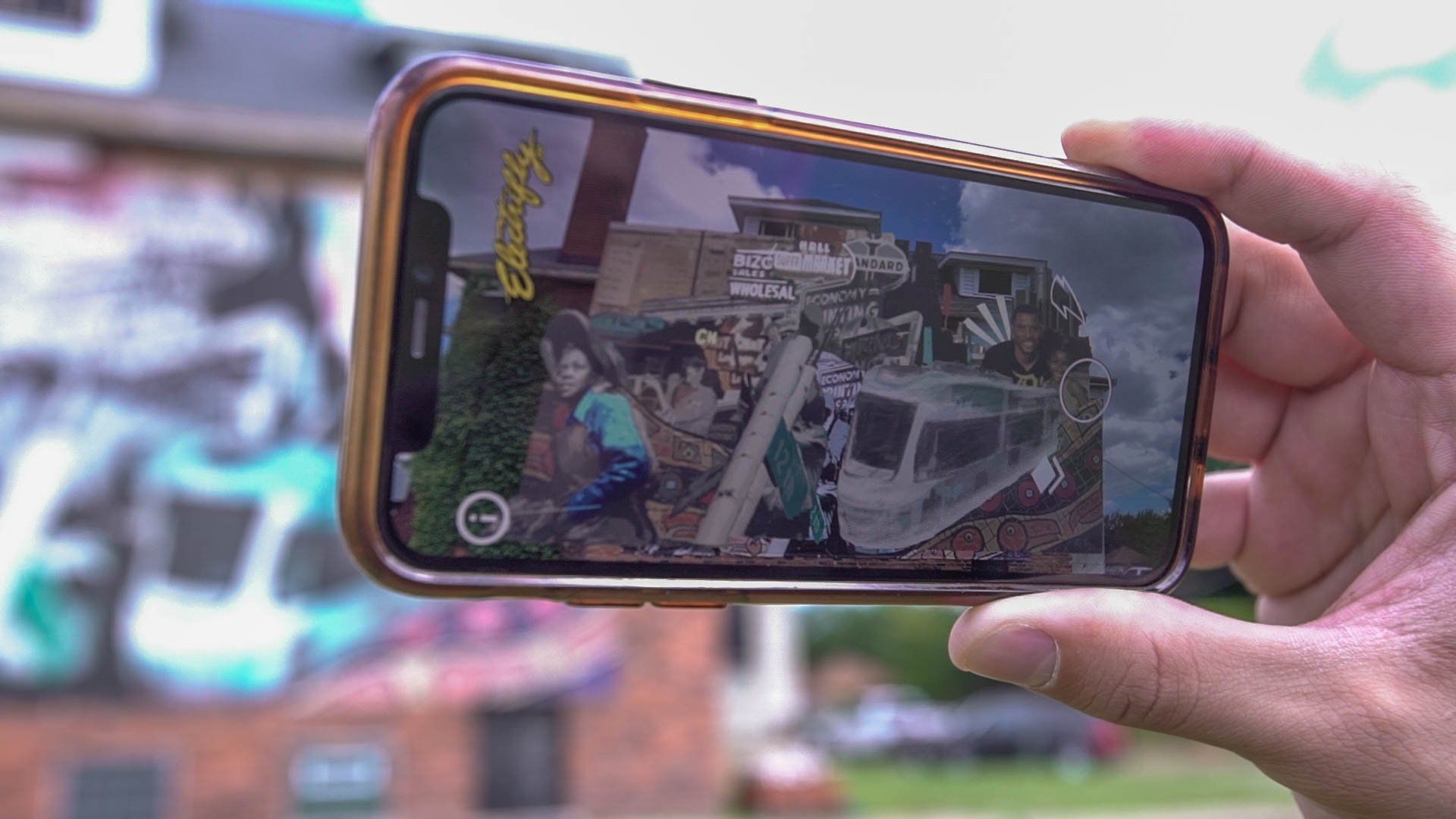Immersive Art Experience
Bring Art to Life with Immersive Art Experiences!

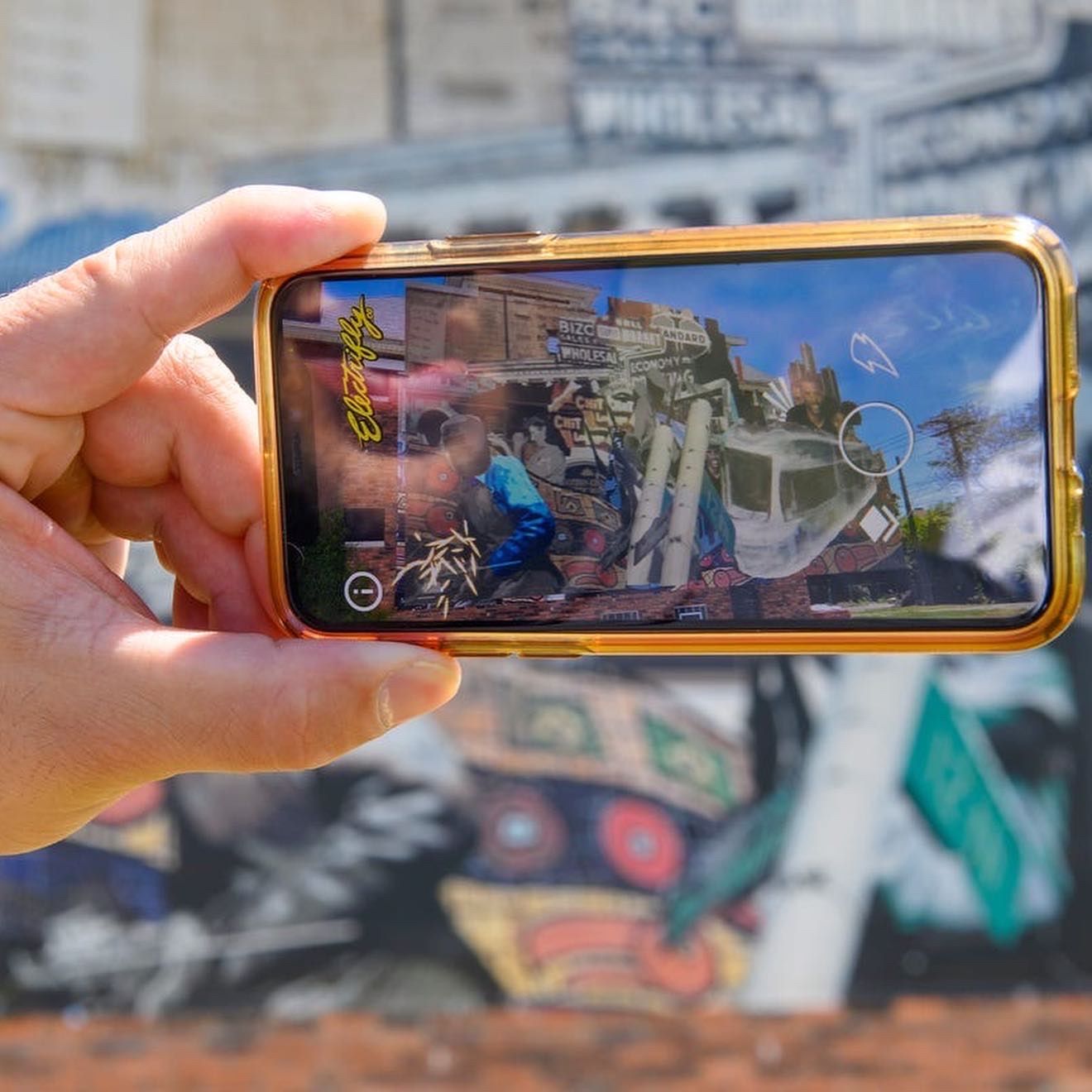
What is an Immersive Art Experience?
Immersive art experiences are rapidly becoming one of the most popular forms of entertainment and creative expression. These experiences are designed to fully immerse visitors in an interactive environment that stimulates multiple senses, providing a memorable and engaging experience. From large-scale installations to intimate exhibits, immersive art experiences have the power to captivate and inspire audiences in new and exciting ways.
One of the defining characteristics of immersive art experiences is their interactivity. Rather than simply viewing art, visitors are invited to explore and interact with the environment in a tactile and engaging way. This creates a deeper level of engagement and allows visitors to fully immerse themselves in the artwork, creating a more meaningful and memorable experience.
*A notable example of immersive and interactive art is Yayoi Kusama's Infinity Mirror Rooms. These installations use mirrors and lighting to create a seemingly infinite space, and visitors are invited to step inside and become part of the artwork. The effect is truly mesmerizing, and the experience is one that stays with visitors long after they leave the installation.
*Another example is TeamLab's digital art installations. These immersive environments use projection mapping and other digital technologies to create stunning and interactive displays that visitors can explore. For example, in one installation called "Graffiti Nature," visitors can use their bodies to create a digital ecosystem, interacting with virtual plants and animals in a truly unique and immersive way.
In addition to the interactive aspects of immersive art experiences, they also have a significant impact on multiple senses. Many of these installations incorporate elements such as sound, smell, and touch, creating a fully immersive and sensory environment that engages visitors in a unique and exciting way. This multi-sensory approach creates a more immersive and engaging experience, stimulating both the mind and body.
There are many benefits to experiencing immersive art installations. For visitors, these experiences offer a chance to explore art in a new and exciting way, breaking down traditional barriers and providing an opportunity for self-expression. For artists, immersive installations offer a platform for creative expression that transcends traditional boundaries, allowing them to engage with audiences in new and innovative ways.
One of the most exciting aspects of immersive art experiences is the way that technology is being used to create these interactive environments. Augmented reality is one example of how technology is being used to create immersive installations, allowing visitors to interact with digital objects in the real world. This technology creates a seamless integration between the physical and digital (phygital) worlds, creating a more immersive and engaging experience.
Businesses are also beginning to embrace the concept of immersive art experiences as a way to create unique and memorable experiential marketing campaigns. By incorporating immersive installations into their marketing strategy, businesses can create a more engaging and memorable experience for their customers, increasing brand awareness and loyalty.
In conclusion, immersive art experiences have the power to captivate and inspire audiences in new and innovative ways. By incorporating interactive elements and stimulating multiple senses, these installations create a truly immersive and engaging experience. With the use of technology like augmented reality, immersive art experiences are poised to continue pushing the boundaries of what is possible, creating new opportunities for creative expression and experiential marketing. As the popularity of immersive art experiences continues to grow, we can expect to see even more exciting and innovative installations in the years to come.
Drive Foot Traffic with Immersive Art Experience
Branded Immersive Art Experiences
How to Create an Immersive Art Experience
01
Connect & Discover
With an image of your artwork as a base for the tracker, we work with you to design a creative brief for the AR Experience tailored to your custom artwork and projects goals.
02
Developing the AR Experience
Providing weekly updates, we create the AR experience you've been dreaming of. This process includes custom 3D modeling, 2D & 3D animation, sound design, gamification, and more.
03
Launching the AR Experience
Develop a user-generated content creation machine with expert AR marketing consultation included in every project. Make launching the AR experience effortless with nearby QR code signage and gamified marketing tactics.
04
Measure Everything
Track your experiences KPI's and measure them with your projects goals. We provide key performance metrics on your experience's impressions, opens, captures, saves, shares, and audience demographics.
